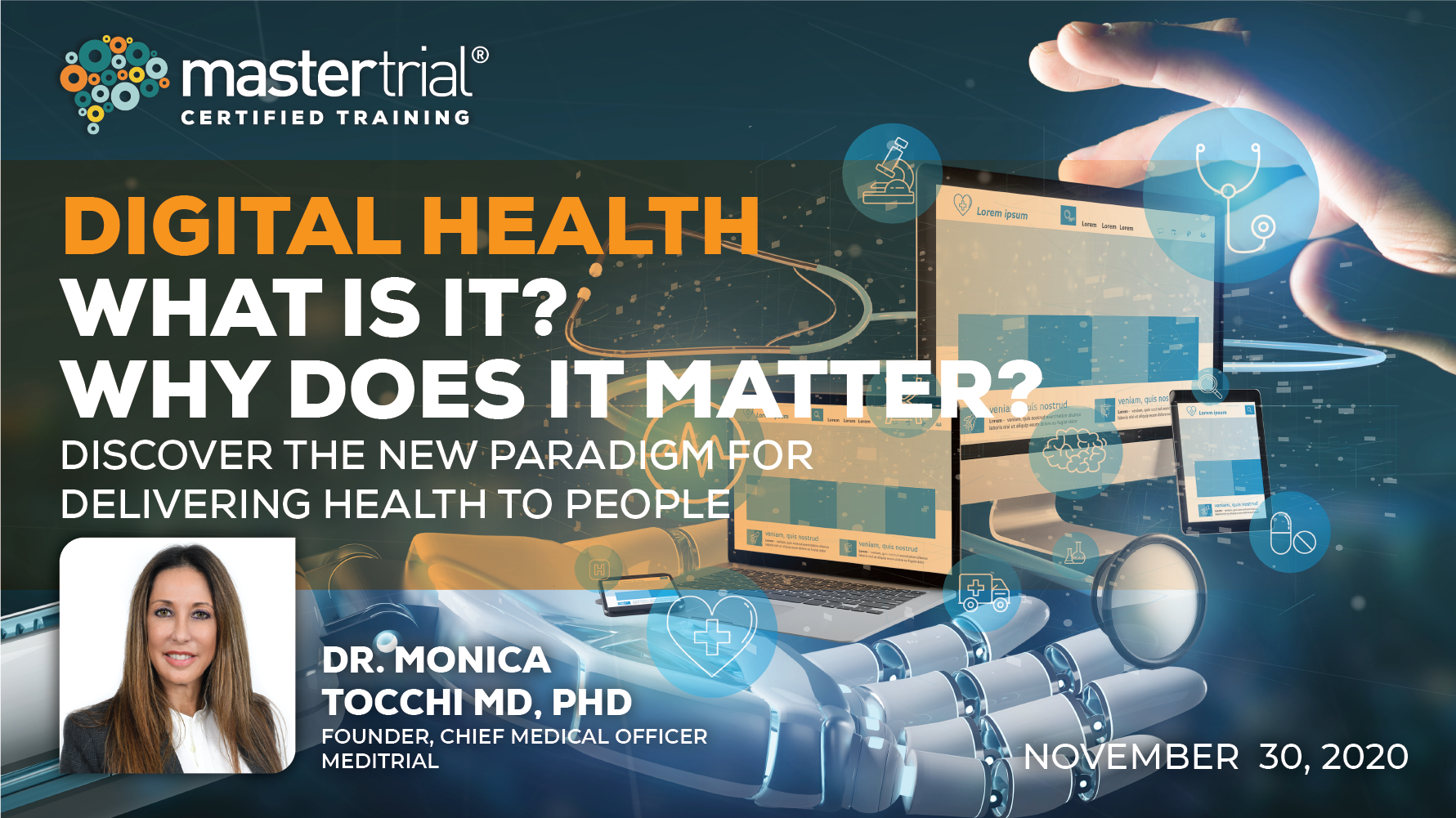Join This course and start learning
LEARN FOR FREE
In the world today we need digital health. We will discuss what is the digital health revolution and in what way has Covid acted as the catalyzer. We will then get into what are the tools and technologies that are already out there today.
In the world today we need digital health. We will discuss what is the digital health revolution and in what way has Covid acted as the catalyzer. We will then get into what are the tools and technologies that are already out there today.

Length: 00:20
